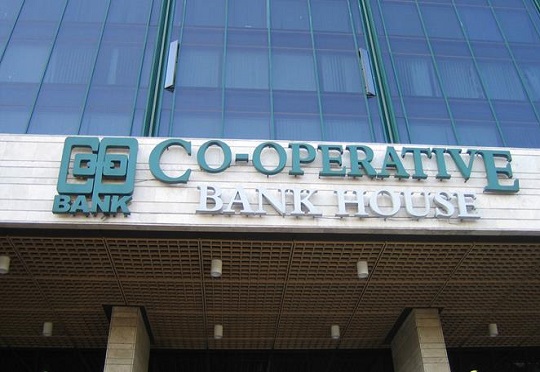Co-operative Bank of Kenya has posted a net profit of KES 6.9 billion for the first quarter of 2025, marking a 5.3% increase from KES 6.6 billion recorded in Q1’2024. The growth was largely supported by increase in interest income.
The bank’s total operating income rose by 12.8% to KES 21.2 billion, up from KES 18.8 billion in Q1’2024, buoyed by strong growth in interest-related earnings. Net interest income (NII) surged by 21.7% to KES 14.2 billion, reflecting increased earnings from loans and government securities. Specifically, income from loans stood at KES 14.0 billion, while returns from government securities totalled KES 7.0 billion. Conversely, non-funded income (NFI) declined slightly by 1.9% to KES 6.9 billion, compared to KES 7.1 billion in Q1 2024.
Despite the toplined growth, Co-op Bank’s operating expenses increased by 19.1% to KES 11.7 billion, up from KES 9.9 billion in Q1’2024, partly due to a significant rise in loan loss provisions. These provisions increased by 32.6% to KES 2.1 billion from KES 1.6 billion, reflecting caution in the face of worsening asset quality. Gross non-performing loans (NPLs) rose by 11.4% to KES 74.1 billion, compared to KES 66.5 billion in Q1’2024.
The bank reported a 6.8% increase in Profit Before Tax (PBT) to KES 9.6 billion, up from KES 9.0 billion in the same period last year. However, the Board of Directors did not recommend a dividend for the period.
Co-op Bank’s balance sheet remained healthy, with total assets growing by 8.3% to KES 774.1 billion, up from KES 714.7 billion. A key contributor to this growth was the bank’s investment in government securities, which rose by 20.9% to KES 242.1 billion from KES 200.2 billion.
The lender also recorded a 9.0% growth in customer deposits, reaching KES 525.2 billion compared to KES 481.8 billion last year. Net loans and advances increased modestly by 1.7% to KES 384.5 billion.
While Co-operative Bank has demonstrated resilience through revenue growth and a stronger balance sheet, the rise in non-performing loans and provisions underscores ongoing credit risks in the current environment. Going forward, the lender’s ability to manage costs and asset quality will be crucial to sustaining profitability.

















